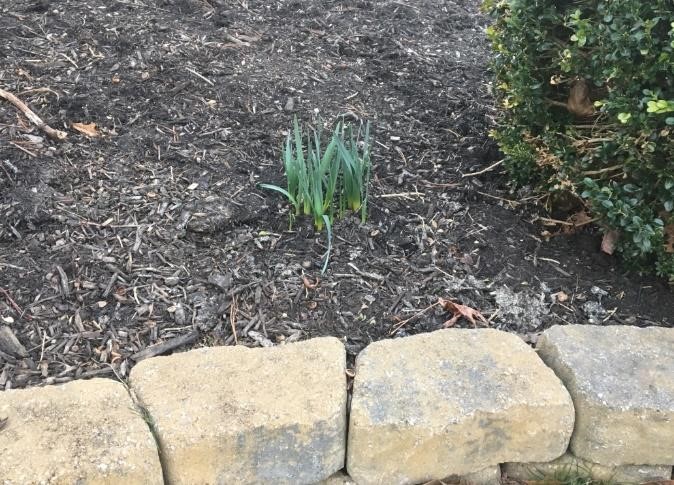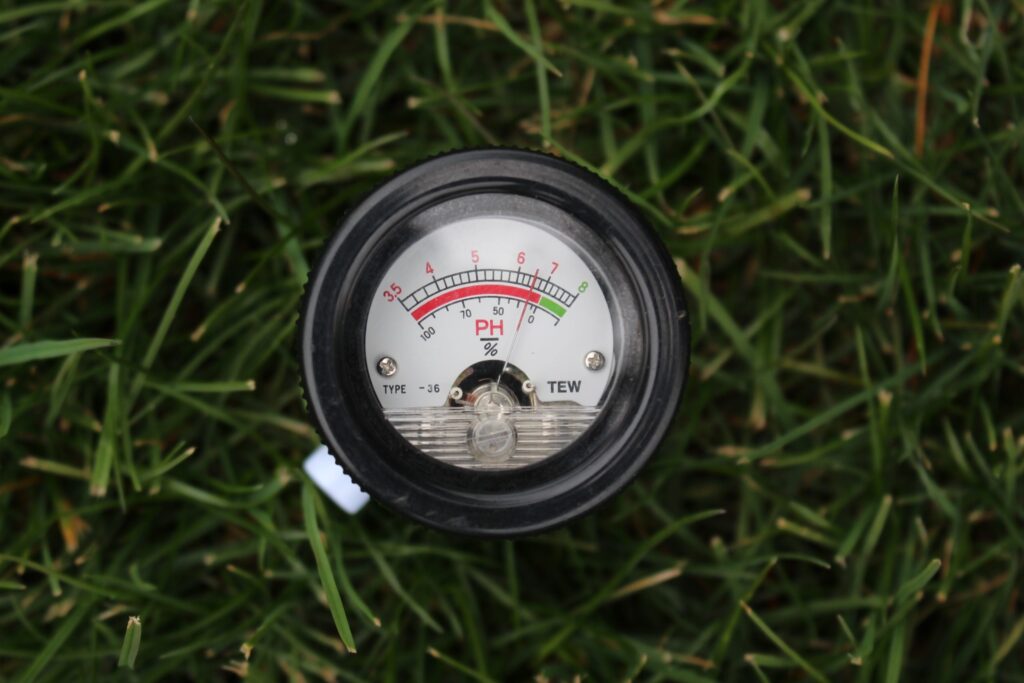Applying Pre-emergent Weed Control for Landscape Beds
Last Updated on April 18, 2025 What is Pre-emergent? A pre-emergent is a type of weed control used to control broadleaf weeds as they germinate and before they become a problem. There are many products out on the market today. Most times it is a granular (pellet) formulation type product that is used but liquids […]
Applying Pre-emergent Weed Control for Landscape Beds Read More »



